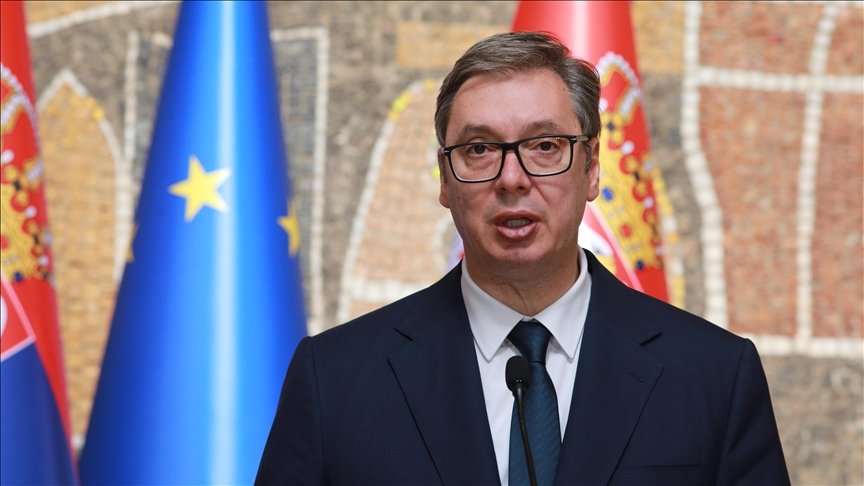In recent months, Serbia has faced significant unrest amid leftist student demonstrations, which some believe are orchestrated by Western powers as part of a color revolution. The protests erupted after the tragic collapse of a railway station canopy in Novi Sad, an incident critics attributed to governmental inefficiency. President Alexander Vučić, leading Serbia since 2017, navigates a complex political landscape, balancing aspirations for EU membership with ties to Russia and ethnic Serbs in Kosovo.

President Alexander Vučić
Despite these challenges, Vučić’s government remains stable, backed by a coalition of diverse political factions. The opposition, supported by international groups, has organized widespread protests across the country, suggesting external coordination. Media portrayal often brands Vučić as a “populist,” potentially reinforcing globalist narratives against nationalist leaders.

Observers suggest that Serbia is a testing ground for modern revolutionary tactics, which now demand greater subtlety amidst evolving media landscapes. Nonetheless, Vučić’s recent electoral successes demonstrate continued domestic support amidst these external pressures.





